The Restroom’s Hidden Health Hazards
Managing hidden health concerns in the restroom
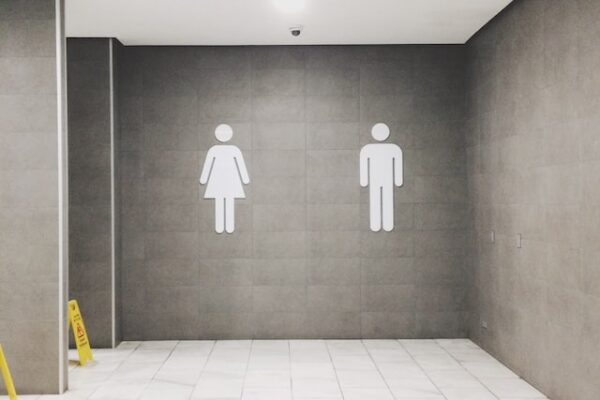
For facilities, the restroom has become ground zero for occupants’ health. Maintaining a safe, clean space is essential for encouraging the hygienic practices keeping diseases at bay. Public awareness of this importance has only grown more following the pandemic. However, a clean restroom is more than a disinfected toilet seat. Restroom germs may lurk where you least expect them. We break down these hidden hot spots, and the best solutions to manage exposure.
Toilet Plume:
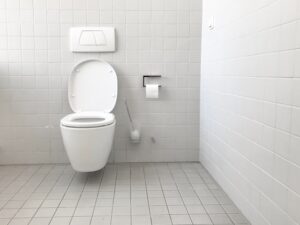 The toilet seat arguably remains the primary source of germ anxiety for restroom users. Greater attention, however, should be given to one invisible source of concern — the toilet plume. Plume refers to the microscopic particles dispersed into the air with every flush, inevitably landing on surrounding surfaces. Because the aerosolized material contains waste matter, plume has become a significant concern in public health research for its potential to spread diseases. This includes the spread of gastrointestinal diseases such as the norovirus.
The toilet seat arguably remains the primary source of germ anxiety for restroom users. Greater attention, however, should be given to one invisible source of concern — the toilet plume. Plume refers to the microscopic particles dispersed into the air with every flush, inevitably landing on surrounding surfaces. Because the aerosolized material contains waste matter, plume has become a significant concern in public health research for its potential to spread diseases. This includes the spread of gastrointestinal diseases such as the norovirus.
If toilet seat lids are available, lowering them reduces the plume spread. This practice is especially recommended for residential households.
Soap Dispenser:
 The pandemic deeply underscored the importance of regular hand washing. But what if the soap you are using is contaminated? That is one potential risk in public restrooms that use bulk soap dispensers. They are manually refilled from gallon containers. Their design makes them inherently vulnerable to contamination every time they are opened to be replenished with soap. Several studies led by the University of Arizona microbiologist Dr. Charles Gerba found significant levels of bacteria in 20% to 25% of public restroom bulk dispensers tested.
The pandemic deeply underscored the importance of regular hand washing. But what if the soap you are using is contaminated? That is one potential risk in public restrooms that use bulk soap dispensers. They are manually refilled from gallon containers. Their design makes them inherently vulnerable to contamination every time they are opened to be replenished with soap. Several studies led by the University of Arizona microbiologist Dr. Charles Gerba found significant levels of bacteria in 20% to 25% of public restroom bulk dispensers tested.
Instead, using cartridge dispenser systems proves a safer alternative. The soap is replaced with a completely sealed new soap cartridge. By design, the soap is never exposed to the elements, preserving its safety.
Floors and Floor Drains:
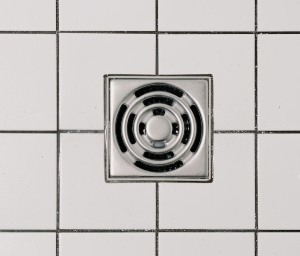 However pristine a restroom may be on the surface, nothing sullies its reputation more than a bad smell. Surprisingly, the most common source of stubborn noxious odors is the floor drain. Properly functioning drains capture bacteria and smelly sewer gases with a water trap. But if they get too dry, these fumes are released into the air, causing the unpleasant odors. Drains can also become fertile breeding grounds for insects such as mosquitos, flies and cockroaches, which can then appear on restroom floors.
However pristine a restroom may be on the surface, nothing sullies its reputation more than a bad smell. Surprisingly, the most common source of stubborn noxious odors is the floor drain. Properly functioning drains capture bacteria and smelly sewer gases with a water trap. But if they get too dry, these fumes are released into the air, causing the unpleasant odors. Drains can also become fertile breeding grounds for insects such as mosquitos, flies and cockroaches, which can then appear on restroom floors.
Regular maintenance is essential for avoiding these common issues. At SparkleTeam, we use a disinfectant floor product that destroys pathogenic and odor causing bacteria and viruses, in addition to removing soils when mopping. As a result, the natural digesters remain on the floor for better odor control. We also pour it down floor drains, so the product can continue to eliminate bacteria and odors in the plumbing itself.
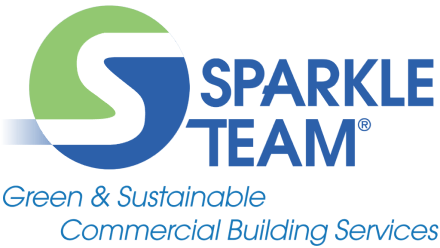
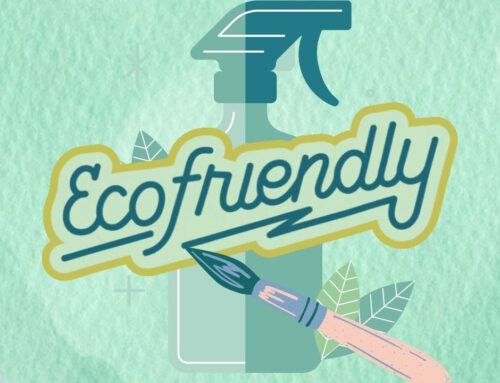



You need to take part in a contest for among the best blogs on the web. I will recommend this web site!